Your location:Home >Automotive News >
Time:2022-06-14 09:55:40Source:
Since the beginning of this year, good news of solid-state batteries has come one after another, and many giants and startups in China and around the world are competing to invest in solid-state batteries.
A new power company in the solid-state battery industry, TailanNew Energy, announced the completion of the A++ round of financing of hundreds of millions of yuan. This round of financing was jointly led by CICC Capital and China Merchants Venture Capital, Qingyan Capital, Holocene Capital, and Guoding Capital. This is the second financing that Tailan New Energy has obtained.After two rounds of financing in half a year, Huineng Technology received tens of millions of dollars in investment from Guoxin Science and Technology Innovation.All kinds of capital have entered the game.
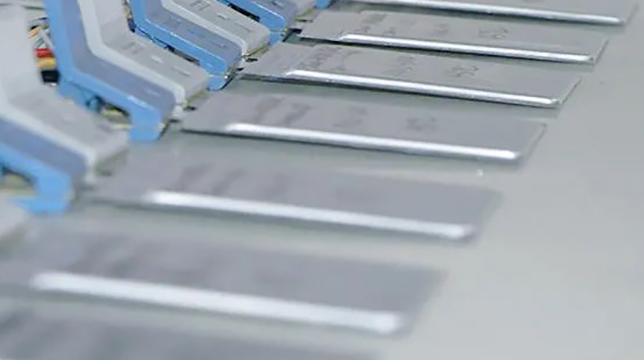
So, what is the sacredness of the soaring solid-state battery, and what are the advantages compared with lithium iron phosphate batteries?Is the "outlet" of solid-state batteries coming?
What is a solid state battery?
Solid-state batteries are seen as a way to break through the performance limitations of today'selectric vehiclesbecause they use solid electrolytes, replacing the electrolyte and separator of traditional lithium-ion batteries, which can greatly reduce the risk of thermal runaway and provide better safety; The lithium metal negative electrode can increase the energy density of the battery by more than 70%.
Current solid-state batteries use NMC cathodes, graphite-silicon anodes, liquid electrolytes, and porous separators.Next-generation all-solid-state batteries will employ NMC cathodes, lithium metal anodes, and oxide/polymer/sulfide solid-state electrolytes.
The change of electrolyte from liquid to solid state will enhance safety, and the change of anode from graphite or graphitic silicon to lithium metal anode will increase energy density.To this end, solid-state batteries can be made safer, higher-performance, larger, and able to support innovations in concepts such as bipolar cells.
So, compared with the lithium iron phosphate battery that is popular among terminal car companies and battery manufacturers, what is the advantage of solid-state batteries?
At present, ternary lithium batteries and lithium iron phosphate batteries are the two most mainstream technical routes in the field of electric vehicle power batteries at this stage.
Judging from the monthly data of power batteries released by the China Automotive Power Battery Industry Innovation Alliance in May 2022, in May 2022, the installed capacity of power batteries in my country was 18.6GWh.Among them, the installed capacity of lithium iron phosphate battery is 10.2GWh, accounting for 55.1% of the total installed capacity.
In terms of data, lithium iron phosphate batteries have surpassed ternary batteries in terms of installed capacity.Compared with ternary lithium batteries, lithium iron phosphate batteries have stronger safety and stability, longer cycle life, and are only slightly inferior in energy density and cruising range.
Solid-state batteries can just make up for this disadvantage, because solid-state batteries generally have higher energy density.
On May 28, Xu Xingwu, vice president of the General Institute of Guoxuan Hi-Tech Engineering Research Institute, revealed that the semi-solid battery developed by the company with a single energy density of 360Wh/kg and a system energy density of 260Wh/kg will be installed on the truck this year.
Before that, Ganfeng Lithium's first-generation solid-state battery has an energy density of about 260Wh/kg, and the company's second-generation solid-state battery has an energy density of 360Wh/kg.
The industry generally believes that solid-state batteries will become the next trillion-level super track with their technical advantages of high safety and high specific energy, and it is also the ultimate solution for battery technology.
When can it be industrialized?
Based on the above advantages and challenges, solid-state batteries have strong potential in terms of safety and energy density, but at this stage solid-state batteries also face a series of challenges, such as interface stability, different thermal management requirements, charged and non-charged states Energy variation under lithium metal, rated capacity of lithium metal, robustness of materials during manufacture and during use.
In the domestic market, in addition to Ganfeng Lithium Battery, Weilan New Energy, and Guoxuan Hi-Tech, battery companies currently include CATL, BYD, Funeng Technology, and Honeycomb Energy.
In terms of domestic car companies, it is very clear that solid-state batteries are currently deployed, mainly including BYD, NIO, BAIC New Energy, Dongfeng Motor, SAIC, Great Wall Motor and other companies.
In the international market, European, American, Japanese and Korean companies have taken the lead in the research and development of next-generation solid-state batteries.Since 2021, many multinational companies led by Ford, Mercedes-Benz, BMW, Daimler, etc. have mentioned the layout of the battery industry when announcing their electric vehicle development plans, and have formulated solid-state battery business plans to carry out related activities. business layout.
Nissan and Honda have successively released the latest plans for solid-state batteries.In April, Nissan said that it plans to establish a laboratory-level feasibility study for all-solid-state batteries this year, set up a production line in Yokohama, Japan in 2024, and officially implement all-solid-state batteries in 2028.Honda announced at the automotive electrification business briefing that it will invest about 43 billion yen (about 2.2 billion yuan) to build a demonstration production line for all-solid-state batteries, which is expected to be put into production in spring 2024.
Samsung SDI started building its first all-solid-state battery test line in March this year.In addition, LG New Energy and SK On are also developing all-solid-state battery technology, with the goal of starting mass production around 2030.
However, the era of mass production of solid-state batteries has not yet arrived. Material cost and technical issues are still the two major pain points of solid-state batteries. Only with a reasonable proof of concept, solid-state batteries can be industrialized.
CATL has also judged that small-scale commercialization of solid-state batteries will take place at least after 2025.
All in all, solid-state batteries are already at the forefront, and many institutions say that the solid-state battery market has huge potential.Guohai Securities predicts that the global solid-state battery shipments may exceed 250GWh in 2030, and the market space is expected to reach more than 150 billion yuan.
Statement: the article only represents the views of the original author and does not represent the position of this website; If there is infringement or violation, you can directly feed back to this website, and we will modify or delete it.
Preferredproduct
Picture and textrecommendation

2022-06-14 09:55:40
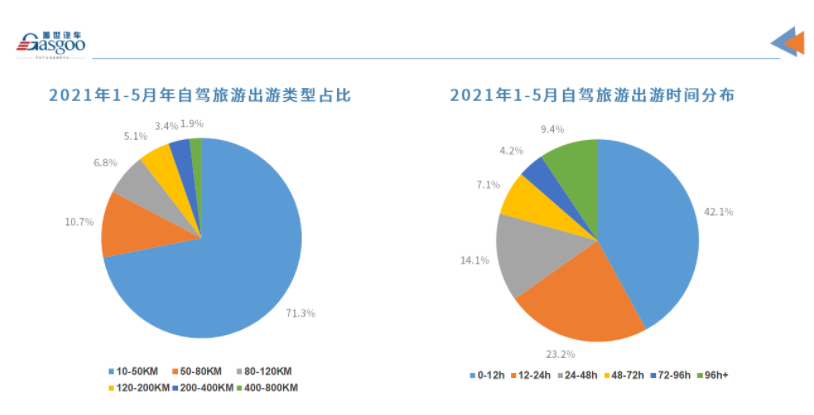
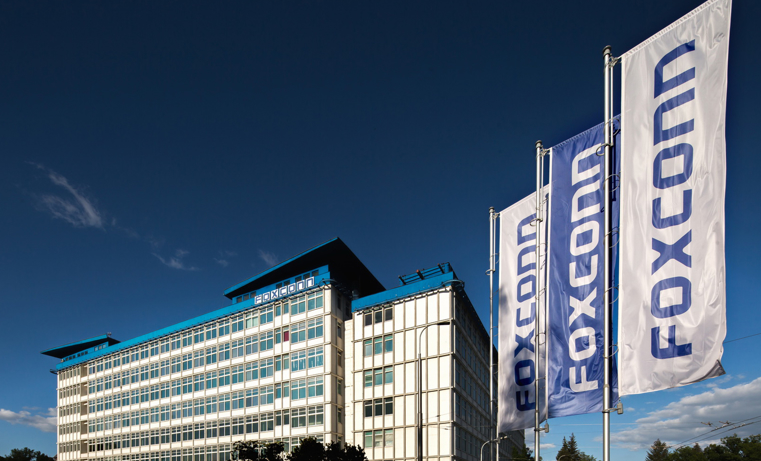
2022-06-14 09:53:48
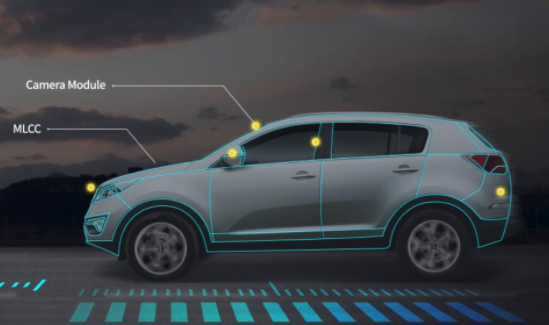
2022-06-14 09:52:57
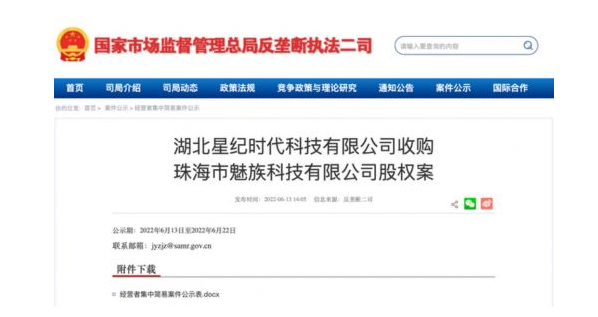

2022-06-14 09:51:16
Hot spotsranking
Wonderfularticles
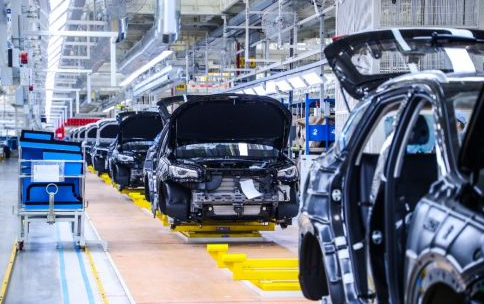
2022-06-14 09:50:33
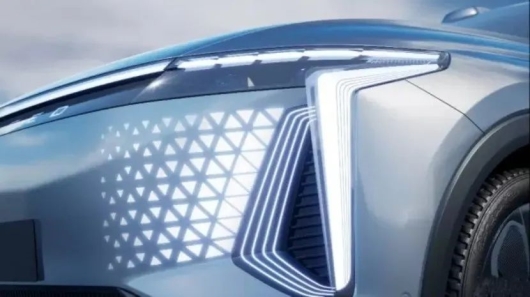
2022-06-14 09:48:21
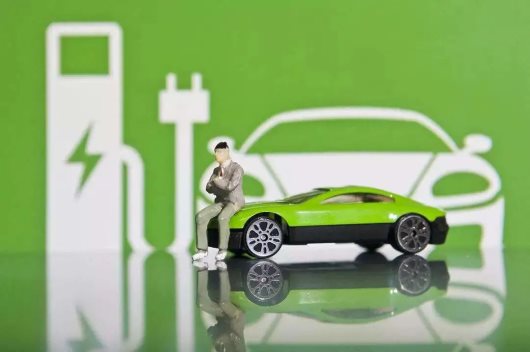
2022-06-14 09:47:34
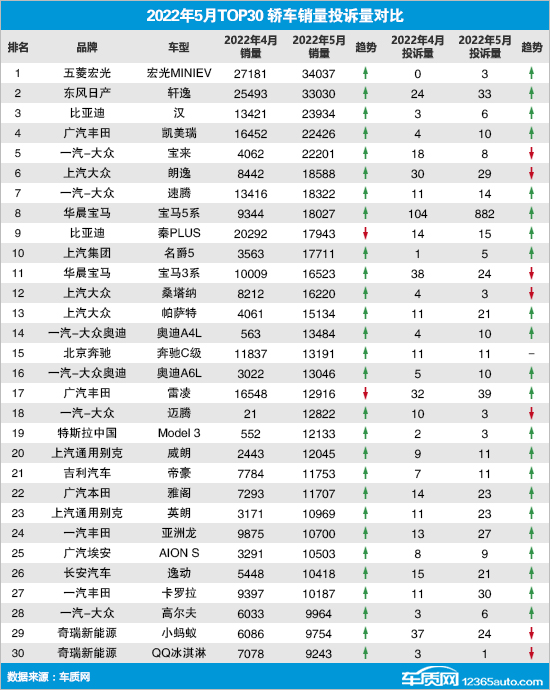
2022-06-14 09:45:41
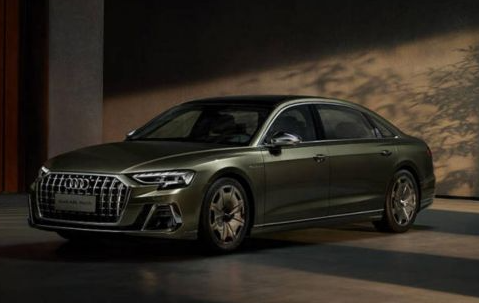
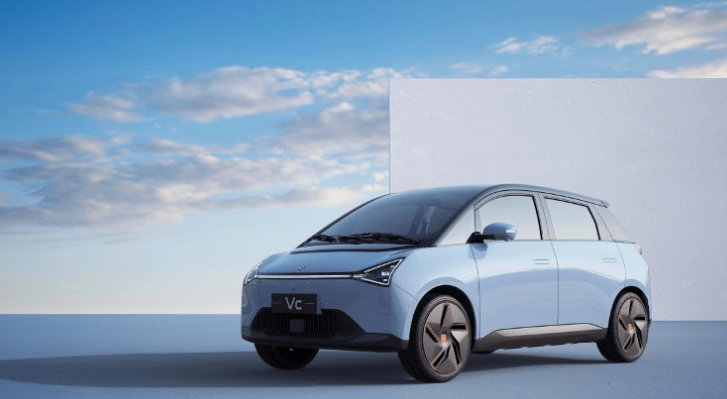
Popularrecommendations
